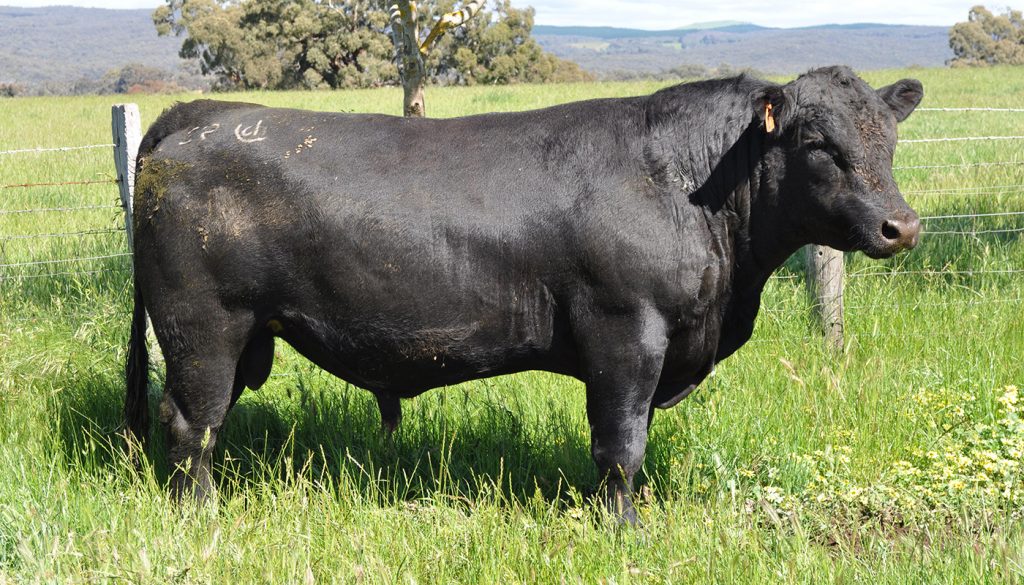| Admissions | Accreditation | Booksellers | Catalog | Colleges | Contact Us | Continents/States/Districts | Contracts | Distance Education | Emergency | Examinations | Forms | Grants | Hostels | Honorary Doctorate degree | Investment | Instructors | Login | Lecture | Librarians | Membership | Observers | Professional Examinations | Programs | Progress Report | Recommendations | Research Grants | Researchers | Students login | School | Search | Seminar | Study Center/Centre | Sponsorship | Tutoring | Thesis | Universities | Work counseling |

|
|
What is Animal Classification? 1. Domain 2. Kingdom 3. Phylum 4. Class 5. Order 6. Suborder 7. Animal Families 8. Genus 9. Species What is the scientific name for the Cow? The scientific name for the Cow is Bos Taurus. Domestic cows are a species called Bos taurus, from the Bovidae family and the Bovinae subfamily. |
Cow Scientific Classification
What Is The Scientific Classification Of A Cow?
| Kingdom | Animalia |
| Phylum | Chordata |
| Class | Mammalia |
| Order | Artiodactyla |
| Family | Bovidae |
| Genus | Bos |
| Scientific Name | Bos Taurus |
| Main Prey | Grass, Seeds, Flowers |
| Distinctive Feature | Thick leathery skin and complex digestive system |
| Habitat | Forest and grassland |
| Predators | Human, Bears, Wolves |
| Diet | Herbivore |
| Average Litter Size | 1 |
| Lifestyle | Herd |
| Favorite Food | Grass |
| Type | Mammal |
| Color |
Brown Black White |
| Skin Type | Leather |
| Top Speed | 25 mph |
| Lifespan | 12 - 20 years |
| Weight | 400kg - 800kg (881lbs - 1,760lbs) |
| Length | 1.5m - 1.8m (5ft - 6ft) |
|
Cow Locations Africa Australia Asia North-America South-America |
Classification of Livestock
|
|
| Group | Class | Title |
| 1 | Large ruminants 11 Cattle 12 Buffaloes 13 Yaks | |
| 2 | Small ruminants 21 Sheep 22 Goats | |
| 3 | Pigs or swine | |
| 4 | Equines 41 Horses 42 Mules and hinnies 43 Asses 44 Other equines (e.g., zebras) | |
| 5 | Camels and camelids 52 Camels 52 Llamas and alpacas | |
| 6 | Poultry 61 Chickens 62 Ducks 63 Geese 64 Turkeys 65 Guinea fowls 66 Pigeons 67 Other poultry | |
| 7 | Other animals 71 Deer, elk, reindeer 72 Fur-bearing animals such as foxes and minks 73 Dogs and cats 74 Rabbits and hares 75 Other (e.g., ostriches, emus, elephants) | |
| 8 | Insects 81 Bees 82 Silkworms 83 Other worms or insects |
|
The Aberdeen Angus or just Angus cattle are truly magnificent beasts to behold. They are strongly muscled and usually have a pleasant temperament. They are one of the worlds top beef cattle breeds with a high quality of well marbled, succulent meat. The Black Angus and Red Angus cattle are regarded as two separate breeds of cattle in the United States of America. In the United Kingdom, however, they are both registered under the same herd book as Aberdeen Angus or Angus in either black or red colors.
HISTORYThe Angus or Aberdeen Angus was developed in the early part of the 19th century. They are said to have been bred from the black cattle of North East Scotland which were known as “hummlies” or “doddies”. There were three main breeders of the cattle that were known to have bred them around the middle of the 1800s. Hugh Watson, who could be known as the founder of the breed, was the first to list his bull Old Jock which was the first Angus bull to be listed when the Herd Book for the Angus breed was opened in 1862. Another notable Angus that was listed by Hugh Watson was Old Granny who was said to have lived to be 35 years of age and produced 29 calves. Old Granny and Old Jock are two Angus cattle that most Angus cattle around today can trace their lineage back to. Another predominant name in the Angus breeding history is William McCombie and Sir George Macpherson-Grant. Sir George Macpherson-Grant was responsible for refining the breed. The first ever Angus Society was formed in Scotland in 1879 and the American Aberdeen Angus Breeders Association was formed in 1883. The Association’s name was shorted to the American Angus Association in the 1950s and the name remains the same today. The Black Angus is the most popular beef cattle breed in the United States with over 320 000 head of them registered. | ||||||||||||||||||||||||||||||||||||||||||||||||||||||||||||||||||||||||||||||||||||||||||||||||||||||||||||||||||||||||||||||||||||||||||||
